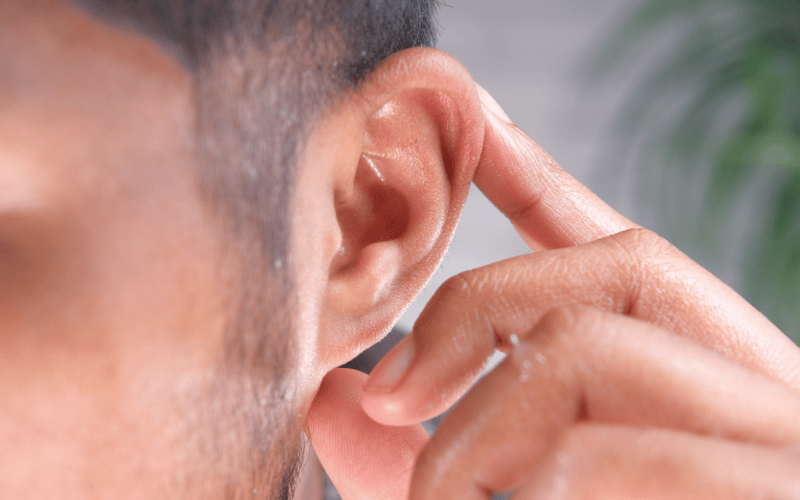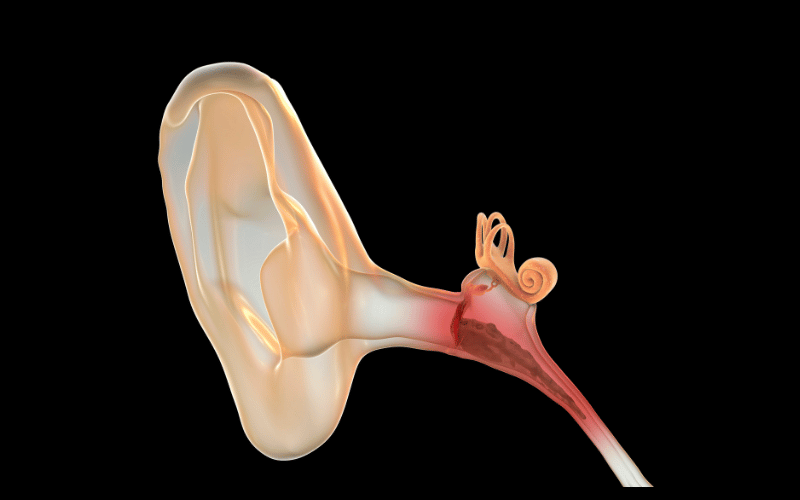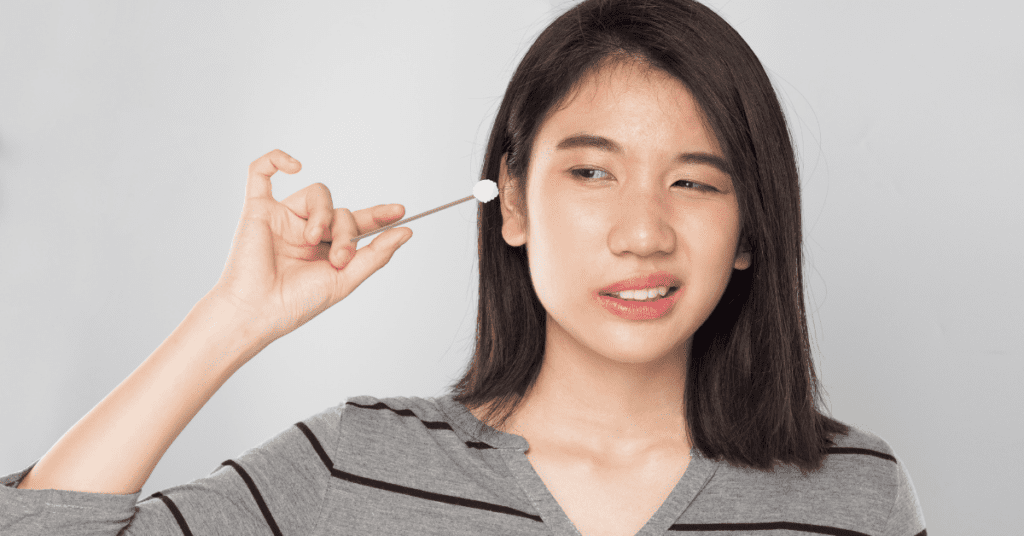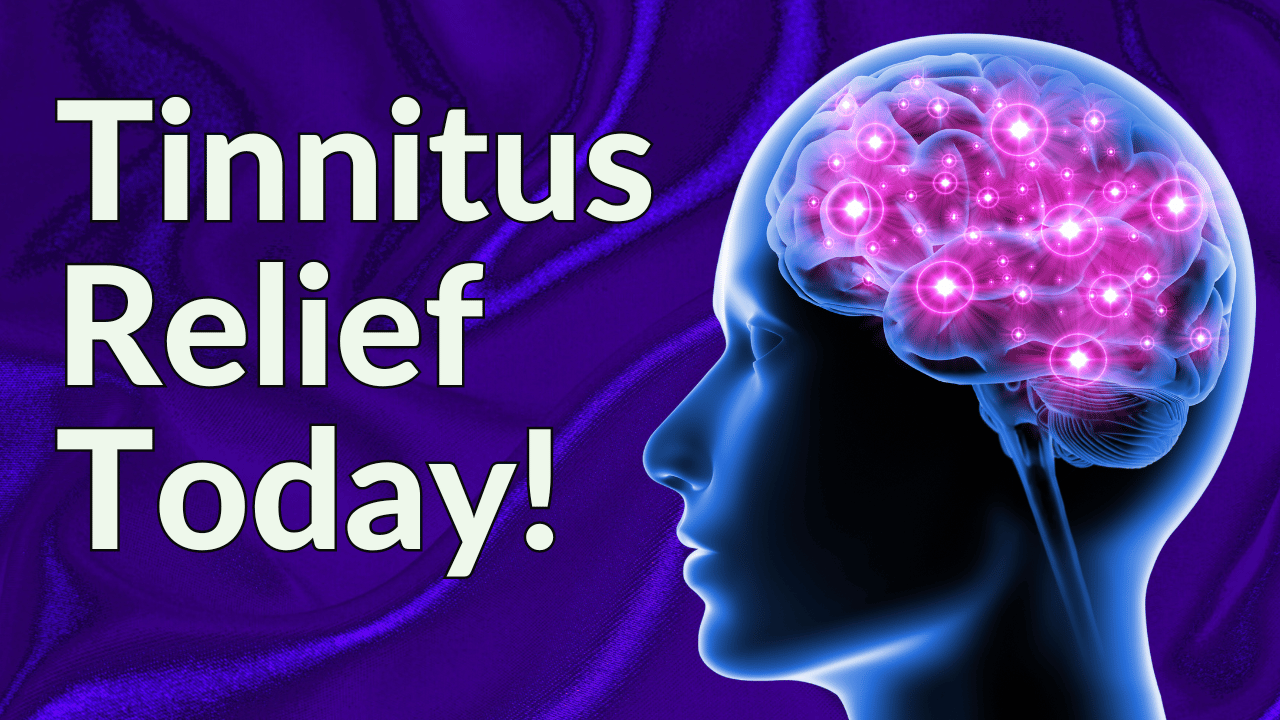Clogged ears can be a real bother. This can cause great discomfort and have other annoying effects that can put a damper on your mood. There are quite a few reasons the ears might feel clogged up. In most cases, once the root cause is discovered, the ears will begin to feel normal again.
The treatment for blocked ears depends heavily on finding out why the ears feel that way. Below, we’ll review some of the most common causes of plugged up ears and the things you can do at home to help. We’ll also touch on a few conditions that may warrant a consultation with a doctor.
Signs And Symptoms Of Clogged Ears
Most people can tell when they have a clogged ear – it’s easy to identify, and hard to ignore. A clogged ear can cause temporary hearing loss until the underlying issue is resolved. Clogged ears can also come with discomfort, dizziness, vertigo, popping noise in the ear, and even tinnitus (ringing in the ears).
"Treble Health helped me turn down the sound of my tinnitus. Now I can breathe, and get on with my life!"


"Treble Health helped me turn down the sound of my tinnitus. Now I can breathe, and get on with my life!"
– Elisa
Book a free consultation to learn which Treble Health solution is right for you. Join Elisa and thousands more who have found lasting tinnitus relief.
Severe ear pain, sore throat, runny nose, and fluid drainage may indicate a more serious issue, like an ear infection, or a physical blockage in the form of an ear tumor. If you’re experiencing these symptoms, see a healthcare professional right away.
Is There Something In My Ear Canal? Causes Of Clogged Ears:
Ear congestion, or a clogged ear can sometimes feel like there’s an object in it causing those feelings of fullness, or ear pressure. Usually, these feelings dissipate within a few hours, and home treatments like decongestant nasal spray or basic Valsalva maneuvers can offer relief. Generally, clogged ears are nothing to worry about.
Here are some of the most common causes of clogged ears, and the treatment options available:
Ear Wax Buildup



Ear wax buildup is one of the top culprits for clogged ears. Usually, old ear wax gets pushed out of the ear canal as the body produces new ear wax to keep the ears functioning properly. Using cotton swab sticks, or Q-tips is not recommended for ear health as they are known to push wax deeper into the ear. This makes it harder for the body to push it out, or unclog your ears naturally.
Hearing aids are also known to cause earwax buildup. They act as an obstacle for ear wax to come out naturally. Many people wear their hearing aids for over 12 hours a day. Some even wear them to bed which can cause excess ear wax to accumulate. Ear care professionals advise against this, and recommend giving your ears time to “rest”. This is also true for earphones.
Other people simply produce more wax than others, whether due to genetics, or conditions like eczema. Over-the-counter (OTC) ear drops are usually effective at softening ear wax and allowing it to drain naturally. These products should contain ingredients such as hydrogen peroxide, baby oil, mineral oil, or glycerin to work effectively. Ear drops are simple to use, and only require keeping the head tilted for 10-15 seconds to start breaking up the wax.
In some instances, a bulb syringe or ear irrigation kit may be required to loosen stubborn pieces of wax. Ear irrigation is often combined with ear drops and may require the help of an assistant. However, it may not be an appropriate treatment method if you have a history of ear issues or a perforated eardrum, and is not recommended for those with diabetes.
Medical intervention may be needed when at-home remedies fail or would pose unnecessary risks. Professional ear wax removal by a Primary Care Physician or ear nose and throat (ENT) provider should remove wax buildup in the ears safely and get rid of the stuffy ears feeling.
Eustachian Tube Dysfunction
The Eustachian tubes are the tubes that connect the middle ear space to the back of the throat. They have three main functions, which are to:
- Protect the inner parts of the ear from infections and pathogens
- Ventilate the middle ear, and regulate ear pressure
- Drain fluid buildup
Whenever either of these functions fail, your healthcare professional will diagnose you with Eustachian Tube Dysfunction. The Eustachian tubes can sometimes get blocked due to allergies, sinus infections, colds, upper respiratory infection, or changes in air pressure. Blocked eustachian tubes result in a sensation of aural fullness, or stuffy ears.
Clearing the Eustachian tubes may require medical intervention, however, some at-home remedies offer temporary relief. Chewing gum and swallowing actions should help open the Eustachian tubes, and equalize the pressure in the ears. The same is true for yawning, and other jaw movements.
Antihistamines, decongestants, and anti-inflammatory medication may be prescribed to deal with an ear infection, cold, or sinus infection. Patients with high blood pressure should consult a doctor before taking over-the-counter variations of these medications.
Air Pressure Changes



The atmosphere that surrounds the Earth puts a tremendous amount of pressure on the ground below. This pressure isn’t constant, and can change with the weather, or when we move to an area with higher or lower elevation. We don’t give it much thought unless something happens to make us notice it.
Our ears are extremely sensitive to these changes, and rapid ascents and descents will make us very much aware, like in an elevator or during air travel. Our Eustachian tubes are meant to help the ears adjust to the surrounding air pressure. Each Eustachian tube works like a valve, opening, and closing to make pressure adjustments. In ordinary conditions, the Eustachian tubes do a pretty good job of gradually adjusting, but when faced with ascending 30,000 feet in a matter of 20 minutes, it is common for people to feel that their ears are clogged.
‘Airplane ear’ is sometimes used to describe this phenomenon. It is perfectly normal, and your ears should feel normal within a matter of hours. Here are some ways you can speed up that process and pop your ears sooner:
Yawning or Swallowing: The Eustachian tubes open whenever we yawn or swallow to allow air into and out of the middle ear. With this in mind, yawning and swallowing actions can help to equalize the pressure and relieve ear discomfort. Some travelers keep chewing gum handy to prevent plugged ears.
Valsalva Maneuver: Take a deep breath, then safely pop your ears by pinching your nose gently with your mouth closed. Gently blow, or exhale at the same time to unclog your ears. Emphasis should be placed on gently, as blowing too hard can work against you. Stop this action if you experience any ear pain, and report it to a healthcare professional.
Decongestants: Use a nasal spray containing oxymetazoline such as Afrin about 30 minutes before your flight, especially if you already have a cold or other respiratory issues. Oral decongestants like Sudafed 12-hour are especially useful for long flights, and can be taken an hour before departure/arrival. Just remember to stay hydrated, as decongestants are drying, and overuse can make symptoms backfire.
Sinus Pressure And Upper Respiratory Congestion Due To Allergies
Sinusitis is a condition in which the hollow spaces in the skull become blocked, making it difficult for fluid to drain properly. This can sometimes become triggered by allergies, as well as viral infections, bacteria, dust, and even certain foods.
Every year, over 30 million Americans deal with the symptoms of sinusitis. Common symptoms of this condition include headaches, facial pain, postnasal drip, ear pressure, and clogged ears. A nasal decongestant is usually enough to clear up these symptoms, loosen mucus, and relieve pressure in the face, ears, and nasal passage. This can come in liquid or pill form, as well as in the form of nasal sprays.
Steam inhalation may also prove useful, helping to reduce swelling in mucous membranes and help mucus secretions drain properly. This may also help ease ear congestion. If this isn’t an option, placing a warm rag on the face, or a hot shower should have similar effects.
Middle Ear Infections And Inner Ear Issues



The plugged up sensation could be a sign of a middle ear infection or otitis media. Patients who deal with chronic otitis media are told to never attempt to clear their ears themselves, and could end up damaging the delicate ear structures. Antibiotics are often prescribed to treat chronic middle ear infections, along with pain medication where necessary. In many cases, no medical treatment is necessary.
Swimmer’s Ear
Swimmer’s ear, otitis externa is another type of ear infection, however, this type of infection affects the outer ear. Unlike infections of the inner and middle ears, swimmer’s ear won’t go away on its own, which means the plugged up ears will linger, and the condition can escalate. A combination of prescription antibiotics and over-the-counter pain medication is the standard treatment for this type of ear infection.
Acoustic Neuroma
Acoustic neuromas are pretty rare, however, they have been known to cause the ears to feel clogged or full. The noncancerous growths can muffle sound, and even cause hearing loss in the clogged ear. At this point, surgical intervention or radiation therapy becomes necessary.
Caution
No matter how much you want to pop your ears, never insert objects like cotton swabs or use products like ear candles. Instead of popping your ears, they can push the blockage deeper, making the problem worse, or causing damage to the ear canal or eardrum. This can lead to a host of other symptoms, with the most devastating being hearing loss.
Doctors also advise against cleaning your ears regularly. The body does most of the work for you, and very rarely needs any intervention. People who are prone to producing excessive ear wax may require biannual, and even quarterly appointments for wax removal. However, most people don’t need more than an external wipe or some ear drops to manage ear wax.
If these methods don’t alleviate the clogged sensation or if you experience pain, significant hearing loss, drainage, or other concerning symptoms, seek professional medical advice right away. An ear specialist or healthcare professional can provide proper guidance and treatment for persistent ear congestion that doesn’t go away on its own or respond to at-home treatment.
Next Step: Book Free Consultation
- 75% of patients reduced their tinnitus within three months after following our recommendations.
- "I feel like Treble Health literally gave me my life back." - Randy S. (verified customer)
- Join thousands of people who have reduced their tinnitus after scheduling a free consultation.


















